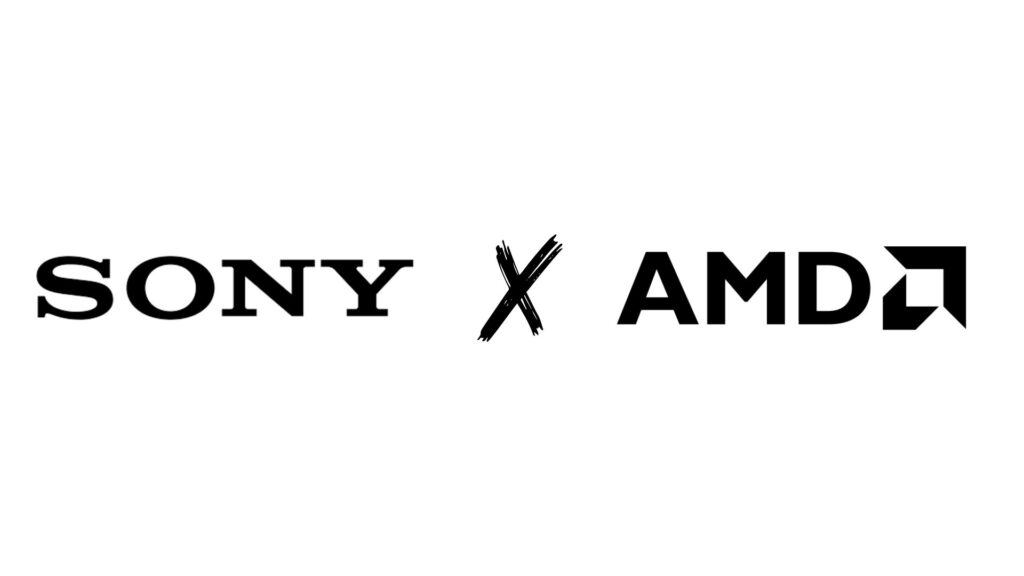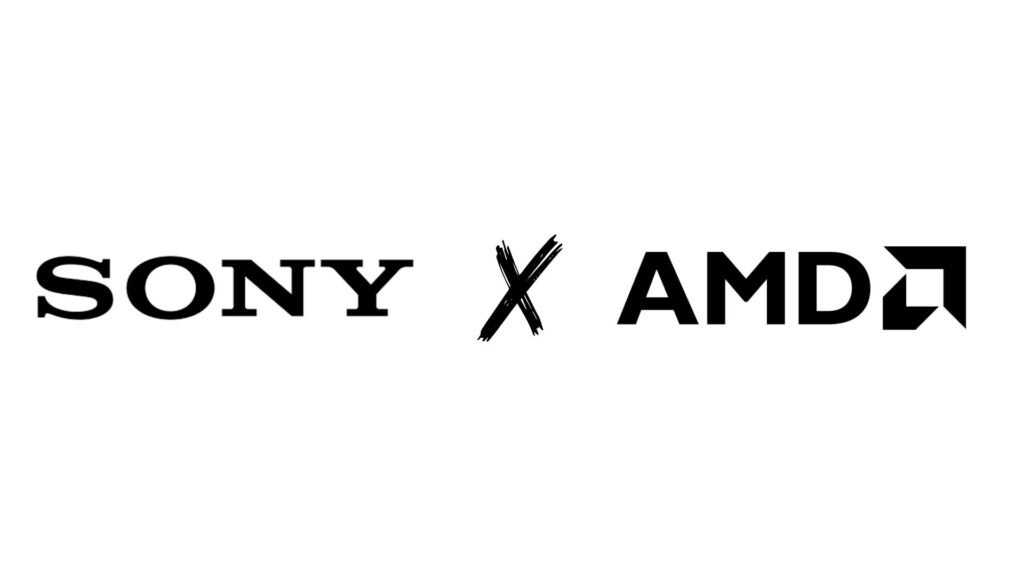Sony and AMD have officially pulled the curtains on Project Amethyst, a joint research initiative on ML (Machine Learning) for graphics and gameplay that is sure to improve your experience by miles. While this technology is still under development, Mark Cerny, the lead system architect behind PS Vita, PS4, and PS5, believes that the results are impressive.
According to Cerny, Project Amethyst can also be the technology powering their future console, which is PS6. Although he didn’t unveil a release date, he did mention that the future console might come out “in a few years’ time.”
While keeping everything aside, the talk of the town at this point is how Amethyst is going to change gaming forever. On a rough note, all you need to know is that Project Amethyst is dedicated to boasting visually stunning graphics with the highest frame rates and detailed assets. As Mark Cerny says, this is going to be a “game changer.”
Project Amethyst Is a Big Leap Forward in the Gaming Industry

At the heart of Amethyst are three major technological breakthroughs: Neural Arrays, Radiance Cores, and Universal Compression. Each of these components targets a different bottleneck in current gaming hardware, and when combined, they represent one of the most meaningful technological advancements in recent times.
Neural Arrays are designed to handle heavy tasks, such as upscaling, denoising, and real-time image reconstruction, while placing almost no load on the compute units. According to Jack Huynh, senior vice president and general manager of the Computing and Graphics Group at AMD, Neural Arrays allow the compute units to team up.
Once the compute units work together, the data shared across the system becomes much faster. This even allows the compute units to transfer data with heavy assets easily. The increased efficiency of compute units allows them to process a large portion of the screen at once. In practice, this can even process 4K or 8K visuals at the highest possible frame rates.
Followed by Neural Arrays is the newest hardware in action, Radiance Cores. This hardware is responsible for managing complex lighting and shadow effects, like path tracing and RT. By taking over this responsibility, Radiance Cores offloads the strain from the main shader unit, allowing the CPU to focus on other critical tasks. This ensures a significant speed boost in the gameplay while allowing developers to employ more detailed lighting in the game.
But even the best hardware is limited by how quickly it can move data. That’s where the Universal Compression plays its role. Unlike past consoles that only compressed textures to move them quickly, Universal Compression compresses everything that moves through memory. This includes even the heaviest assets like geometry data, buffers, lighting data, and more.
By combining all of these technological advancements into one package, you get Amethyst – the future of console gaming.
When Might the PlayStation 6 Release?

While Sony hasn’t officially announced a release date for the upcoming PS6 yet, we certainly know that Project Amethyst is going to be the core of this console. This is what Mark Cerny said when talking about Amethyst with Jack Huynh:
They only exist in simulation right now, but the results are quite promising, and I’m really excited about bringing them to a future console in a few years’ time.
From this, we can easily speculate that the next generation console is only a few years ahead of us in the future, 2 years at the most. Sony has a pattern of releasing new consoles every 7-8 years. PS4 was released in 2013, followed by PS5’s release in 2020. By tracing this pattern, we can safely assume that PS6 might come out in 2027-2028.
Let’s see what beast of a console PS6 will be when incorporated with Amethyst technology. Are you excited for it, too? Let us know in the comments below.





